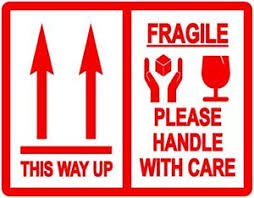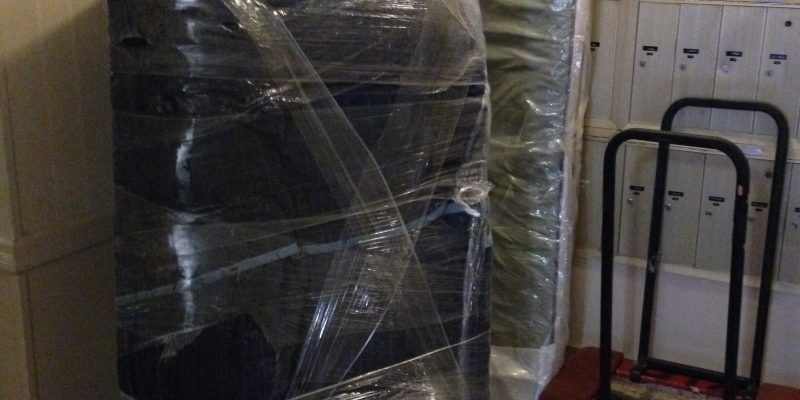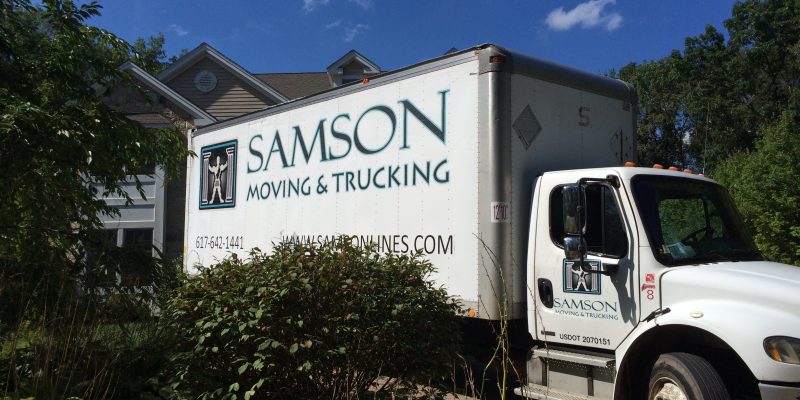
Every so often moving companies get a request to transport fragile items. Those requests can come from individuals or from companies. Fragile items and items of a special or sentimental value require special attention when it comes to packing, protection, weather-proofing, and transporting. Valuable item insurance is a special point that needs to be discussed since there are special prices and fees involved when dealing with fragile and valuable items.
Below is a list of the most popular valuable items clients call about:
· Glass items,
· Dinnerware,
· Mirrors,
· Computer monitors, TVs and some appliances,
· Musical instruments,
· Antiques,
· Ceramic tile.

There is a set of rules that a moving company has to follow to be able to successfully deliver fragile and valuable items. It is important to notice that there is no one universal rule for all types of valuables. Some items could get severely damaged if they get wet, some are not suitable to be moved in a vertical position, etc.
Different ways of transporting and types of packing materials are chosen, depending on technical characteristics of the item to be moved and its main purpose and usage. You can trust your valuables to Samson Lines for a safe packing, transporting, and delivery.
Packing and protection of fragile items
When it comes to transporting fragile and valuable items, packing is extremely important. Carefully chosen and meticulously performed packing can ensure your valuables are well protected during the move.
For small-size items, such as china dinner sets, lamps, or night lights, the best option is a wooden crate with splitters or compartments. You can make splitters by placing carefully cut to fit pieces of carton. Even though each items is going to be place into its own compartment, it is still crucial to wrap every piece with bubble wrap or wrapping paper. The box has to be fully protected with waterproof material on the outside. When the boxes are packed and ready, they are placed into the moving container and bolted to the bottom to prevent boxes from shifting inside the truck when the truck is in motion.
Glass, mirrors, and other large flat items are packed in solid crates. Extra layer of protective packing paper or bubble wrap is placed between all the items. Then, all the items are fixed together with edging tape. It makes sure that all the items are secured together and are not rubbing against or bumping each other when being moved.
Appliances and electronics are usually packed into large carton boxes. To prevent damage, every item is individually wrapped and there is an extra layer of wrapping paper around or in between items. If a box contains electrical elements, insulation can and should be used to prevent damage to the item and to all other items around it. The boxes are also put into wooden crates. Extra space is filled with packing material to prevent boxes from moving inside the crate.
Regardless of the packing material all fragile items must be properly marked.
Transporting stage
To prevent damage, only pack your fragile and valuable items with strong and durable materials. It is the only way to ensure all items are transported and delivered undamaged. Even if the best packing techniques are used and all the rules above are carefully followed when packing, it is still imperative that the pieces are properly secured inside the truck. Many trucks are equipped with special rails and belts for securing boxes, crates and other items inside the truck. Those rails and belts protect and secure your valuables even further while transporting.
Other materials used for securing boxes inside a truck:
· Belts,
· Nails,
· Chains,
· Wire,
· Other materials.
Securing hardware and materials inside trucks are very widely used by moving companies and make transporting good safer and more secure. While moving fragile items it is very important that boxes and all other packing materials are sitting very tightly together. If there is still room, the space should be filled with foam rubber or other filling material.
If you follow these instructions, you can ensure your fragile and valuable items survive moving and arrive at your destination unharmed.
You can trust Samson Lines to provide safe and easy moving around the US.



